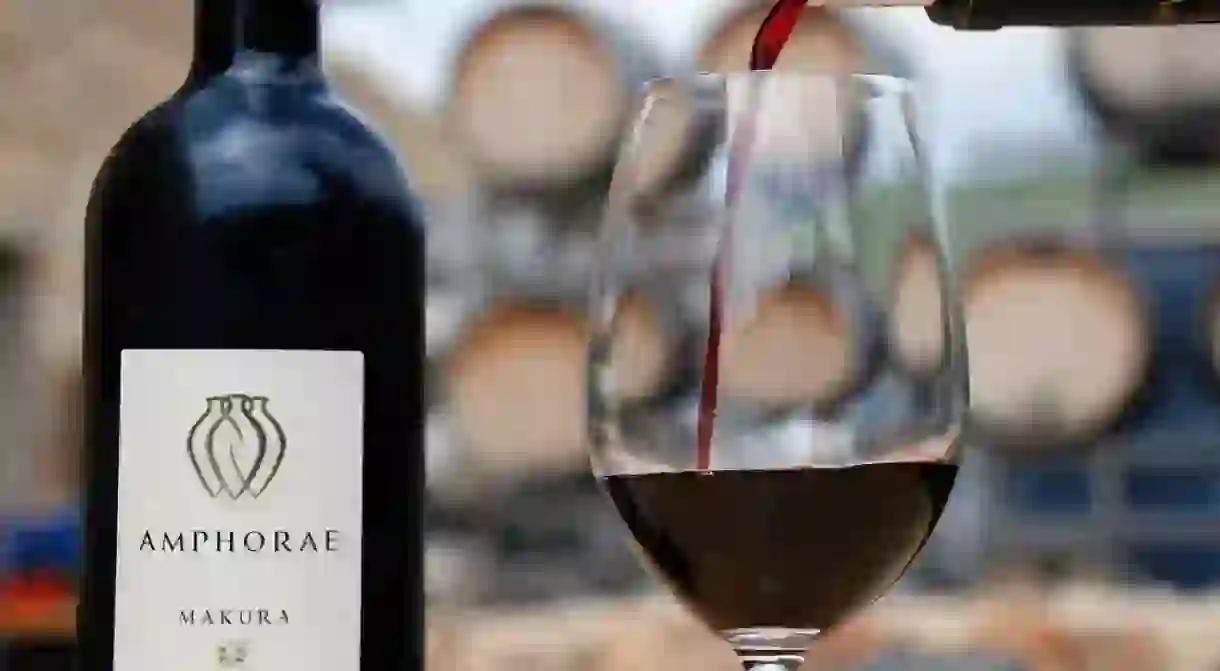Fascinating Things You Never Knew About French Wine

France is one of the largest and finest wine producers in the world, rightfully claiming a mastery at this sophisticated art. However, there is a host of surprising facts if you trace back its history to the Middle Ages, and peel back the traditions surrounding its modern consumption.
With eight billion bottles produced every year and 53 litres of wine per capita per year, French wine-making is a serious business. From the luscious greens of Bordeaux to Burgundy, and from the gorgeous Loire Valley to the Rhone Valley and beyond, wine in France is a unique art. However, while the French may be masters of its manufacture, they did not invent wine. Rather, it was discovered about 6000 years ago in the Middle East. The earliest traces were discovered in Iran, dating right back to the Neolithic Period, which ran from about 15,200 BC and ended between 4500 and 2000 BC.

What’s more, monks, surprisingly, played a vital role in the development of wine. Monastic orders like the Cistercians and Benedictines preserved and greatly improved the technique of wine-making during the Middle Ages, so we have lots to thank them for. A particularly famous name to know is Dom Pierre Pérignon (1638-1715), an early advocate of organic wine production, including champagne, who went on to invent new wine-making techniques with great success.

Most people think that a good bunch of grapes is what makes for a decent glass of wine. This is because many foreign wines are in fact labelled according to the type of grape that is used. But in France, wine is labelled according to the soil with which the grapes are produced, and not the type of grape. The regions where the grapes are grown are linked to the concept of terroir, making some regions more valuable in the wine market than others.

The French have some interesting ways of testing their wine in this modern age, which are also quite poetic. You’ll see them swish the glass around gently before smelling the wine and finally taking a sip. This swishing movement is to see if the wine will pleurer (cry), dripping down the glass like teardrops with perfect consistency. If it doesn’t cry, it’s not considered very good wine. The French also describe the wine according to its robe, which literally translates to ‘dress’, encapsulating not only the idea of colour but also texture on the tongue in a neat material-focussed metaphor.














